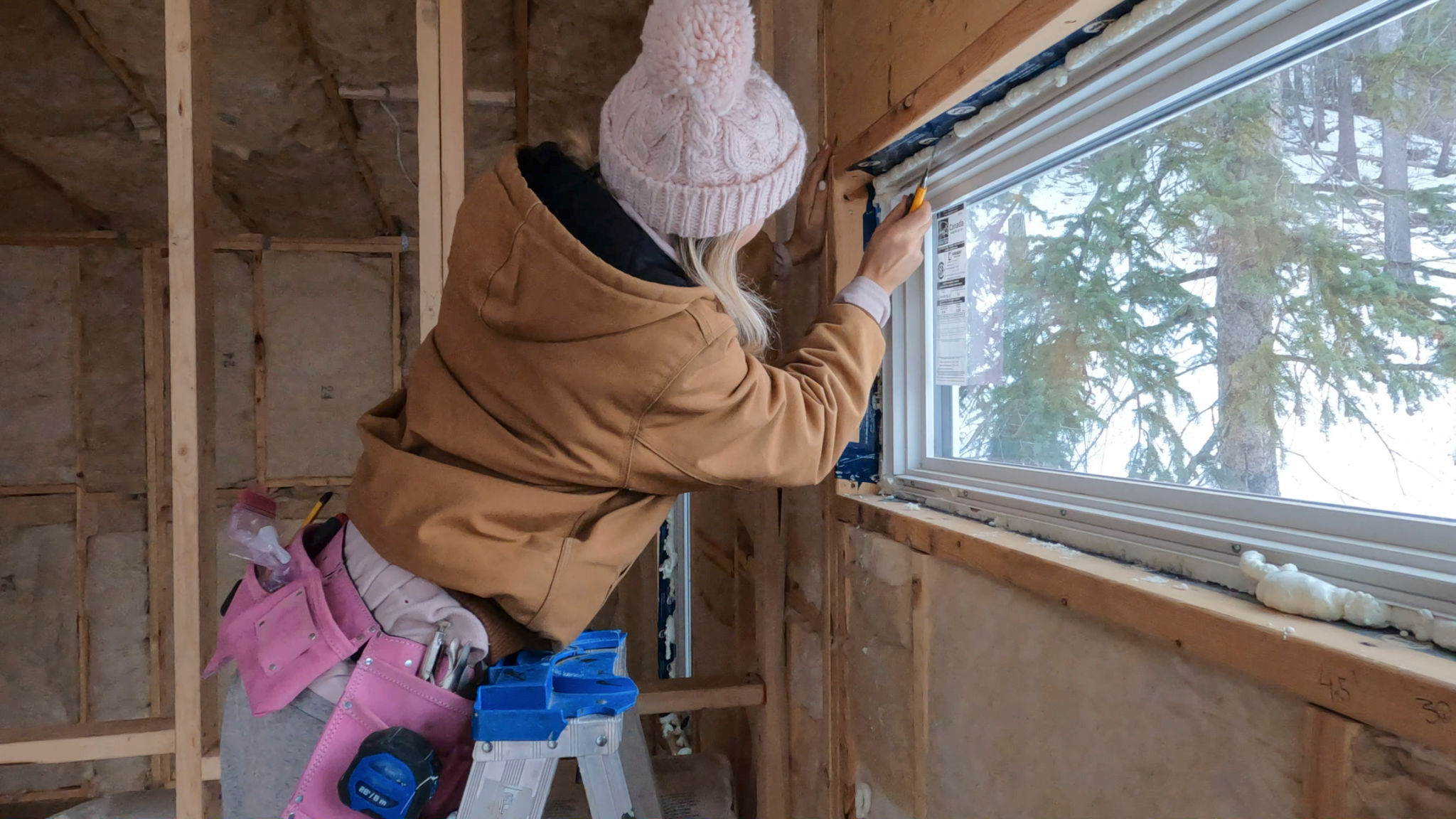DIY Tips for Window Insulation: Save Energy and Money
Understanding Window Insulation
Windows are a major source of heat loss in homes, leading to increased energy bills. Proper window insulation is a simple and cost-effective way to enhance your home's energy efficiency. By insulating your windows, you can keep your home warmer in the winter and cooler in the summer, ultimately saving money on heating and cooling costs.
There are several DIY methods for insulating your windows, each differing in cost, effectiveness, and ease of installation. Whether you're dealing with drafty windows or simply looking for ways to cut down on energy expenses, these tips can help make your home more comfortable year-round.

Using Weatherstripping
One of the easiest ways to insulate windows is by applying weatherstripping. This material seals gaps around the edges of windows, preventing drafts. There are various types of weatherstripping materials available, such as foam tape, V-strip, and felt.
- Foam Tape: Ideal for irregular cracks and gaps.
- V-Strip: Great for the sides of windows that slide up and down.
- Felt: Best for areas with minimal movement, as it compresses over time.
Installation Tips
Before applying weatherstripping, clean the window frame to ensure maximum adhesion. Measure and cut the material to fit precisely along the edges. Press it firmly into place, and your windows will be better equipped to block out drafts.

Applying Window Film
Window film is another DIY solution that can help reduce heat loss. This thin plastic sheet is applied directly to the glass surface, creating an additional barrier against cold air. Window films are particularly useful for single-pane windows, which are not as energy-efficient as double-pane ones.
Types of Window Film
There are several types of window films available:
- Insulating Film: Helps retain heat in winter and block out heat in summer.
- Reflective Film: Reduces glare and prevents UV rays from entering your home.
- Decorative Film: Adds privacy while providing some insulation benefits.

Using Thermal Curtains
Thermal curtains are an excellent way to add an extra layer of insulation to your windows. These heavy-duty curtains are designed to block drafts and retain heat inside your home. When closed, they can significantly reduce heat loss through windows.
Choose curtains with a thermal lining for optimal results. To maximize their effectiveness, ensure that the curtains cover the entire window area and extend past the window frame to minimize drafts.
Installation Tips
Install curtain rods close to the ceiling and allow the curtains to hang all the way to the floor. This setup helps trap cold air behind the curtains, preventing it from circulating into your living space.

Consider Draft Snakes
If you're looking for a quick and easy solution to reduce drafts, consider using draft snakes. These fabric tubes are placed at the base of windows to block cold air from entering. They are especially useful for older windows with larger gaps.
Draft snakes can be purchased or made at home using materials like fabric and rice or sand for filling. Simply place them along window sills where cold air seeps through.
Additional Tips for Draft Snakes
Ensure that draft snakes fit snugly against your window sills for maximum effectiveness. Regularly check for wear and tear, as they may need replacing or repairs over time.

Conclusion
Insulating your windows is a practical step towards reducing energy costs and enhancing the comfort of your home. By using methods such as weatherstripping, window film, thermal curtains, and draft snakes, you can significantly reduce drafts and maintain a consistent indoor temperature. With these simple DIY tips, you'll not only save energy but also enjoy a cozier living environment throughout the year.
